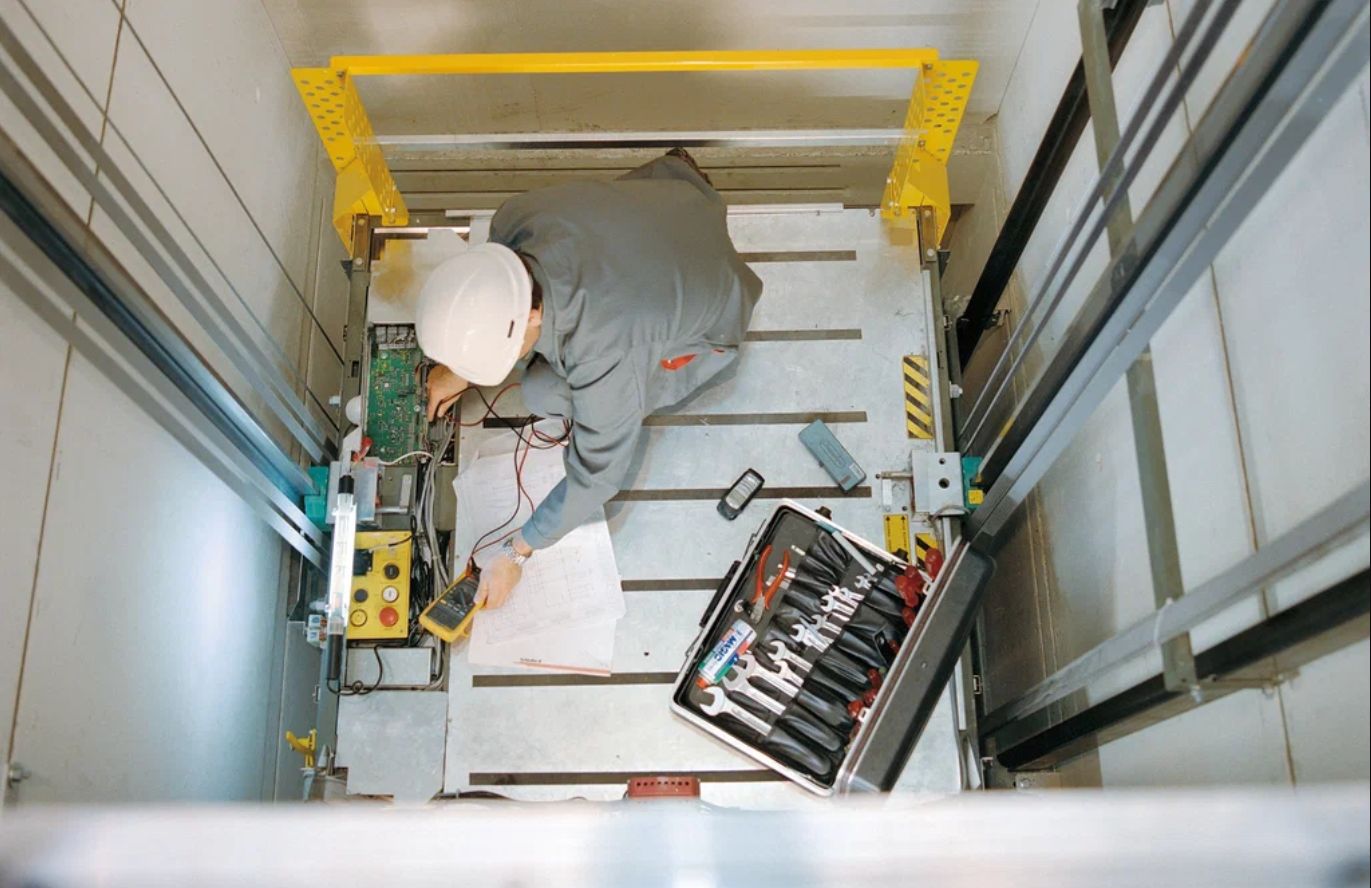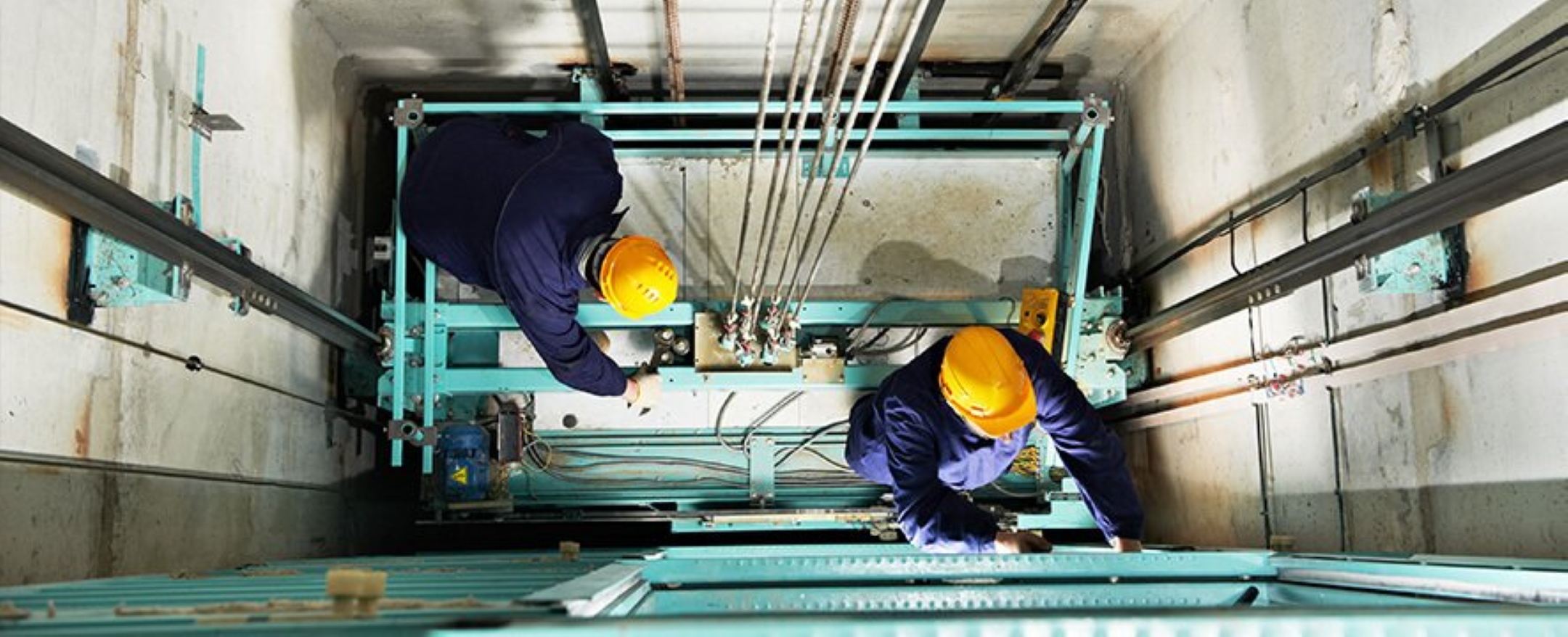Advanced Lift Modernization-- Upgrade Your Lifts for Better Efficiency and Safety
Advanced Lift Modernization-- Upgrade Your Lifts for Better Efficiency and Safety
Blog Article
Fixing Tips for Common Issues With Handicapped Platform Lifts
When it comes to ensuring the smooth procedure of disabled system lifts, coming across typical issues can interrupt the functionality and availability they provide. Allow's explore some sensible suggestions to address these typical troubles and guarantee the correct performance of impaired system lifts.
Power Supply Issues
When running into power supply concerns with disabled platform lifts, the initial step is to methodically evaluate and repair potential sources of power disturbance. Beginning by inspecting the source of power to ensure it is safely attached and functioning correctly. Confirm that the power outlet is functional by testing it with one more tool. If the power resource is confirmed to be working, proceed to check the power cable for any kind of signs of damage or use that might be creating a disruption in the power supply.

Control Board Troubles
Control panel malfunctions on impaired platform lifts can significantly restrain their functional efficiency and posture security risks to customers. The control panel acts as the main interface for running the lift, allowing individuals to initiate motion, control rate, and handle stops at various levels. When the control board comes across issues such as unresponsive switches, erratic behavior, or screen breakdowns, it can disrupt the whole lift procedure.
One usual problem with control board is electric faults, which might arise from wiring problems, power surges, or component damage. These faults can trigger the control board to malfunction or come to be unresponsive, making it tough for users to operate the lift safely. In addition, environmental variables like wetness or severe temperatures can likewise impact the control panel's performance, resulting in prospective failures.
To deal with control board troubles effectively, routine upkeep checks and evaluations are crucial. Frequently cleansing the control board, evaluating wiring connections, and making certain proper calibration can help avoid malfunctions and make sure the lift runs efficiently. In situations of persistent concerns, speaking with a certified technician for repair services or replacements is recommended to keep the lift's capability and safety and security for individuals.

System Stuck or Jammed
In situations where the impaired platform lift experiences a system stuck or jammed, prompt interest and correct troubleshooting are critical to make certain the lift's performance and user security. When experiencing a system that is stuck or jammed, the primary step is to quit any recurring operation of the lift to check these guys out stop further damages or safety dangers. Next, check the location around the platform for any type of blockages that may be triggering the jam. It is very important to look for particles, objects, or any type of various other items that could be obstructing the smooth movement of the system.
After recognizing and removing any obstructions, attempt to manually move the platform to see if it maximizes. If hands-on efforts are unsuccessful, avoid utilizing too much pressure as this might trigger damage to the lift system. In such situations, it is suggested to speak to a certified service technician or the lift supplier for specialist aid in dealing with the issue. Prompt and proper resolution of a stuck or jammed platform is necessary to preserve the lift's operational efficiency and ensure user safety.
Safety And Security Sensor Malfunctions
A necessary element of disabled system lifts, security sensing units play a vital function in ensuring user protection helpful hints and lift operation. Security sensing unit breakdowns can pose significant risks to people depending on these lifts for accessibility. When security sensing units breakdown, the lift may not spot obstacles or obstructions in its path, potentially leading to mishaps or entrapment. Common signs of safety sensing unit malfunctions include unpredictable movements, sudden stops, or failing to react to obstacles. To attend to safety sensing unit issues, start by examining the sensors for any physical damages, dirt, or imbalance. Clean sensing units frequently and ensure they are effectively straightened to function accurately. Additionally, check the wiring connections and source of power to dismiss any electric issues influencing sensing unit procedure. If repairing the sensors does not deal with the issue, speak with a qualified technician to carry out an extensive maintenance to preserve the lift's safety and functionality. Routine upkeep and prompt resolution of safety sensing unit breakdowns are important for the secure procedure of handicapped system lifts.
Uncommon Sounds or Motions
When operating a disabled system lift, listening to any unusual sounds or activities is critical for recognizing possible issues that might influence its performance and safety and security. Uncommon sounds, such as grinding, screeching, or clunking sounds, might show issues with the lift's mechanical parts, such as damaged equipments, loosened screws, or damaged bearings. These concerns, if left unaddressed, might bring about malfunctions or perhaps total breakdown of the lift.
Similarly, uncommon movements of the platform, such as jerking, shaking, or unanticipated stops, ought to not be overlooked (elevator maintenance). These motions might be an indicator of electric problems, hydraulic system troubles, or irregularities in the lift's programming. Quickly exploring and dealing with these unusual activities can prevent mishaps and guarantee the continued secure operation of the platform lift
In case of experiencing unusual sounds or movements, it is advisable to stop using the lift promptly and call a qualified technician for maintenance. Regular maintenance and prompt troubleshooting of any type of uncommon indications can help prolong the life-span of the handicapped system lift and guarantee the safety of its users.
Final Thought
To conclude, fixing typical issues with disabled system raises requires recognizing and addressing power supply problems, control board concerns, platform jams, safety sensor malfunctions, and uncommon sounds or movements. By complying with appropriate upkeep and best site repairing treatments, users can make sure the safe and effective procedure of platform lifts for people with handicaps.
Report this page